What determines the consumption of cement per 1 cubic meter of solution
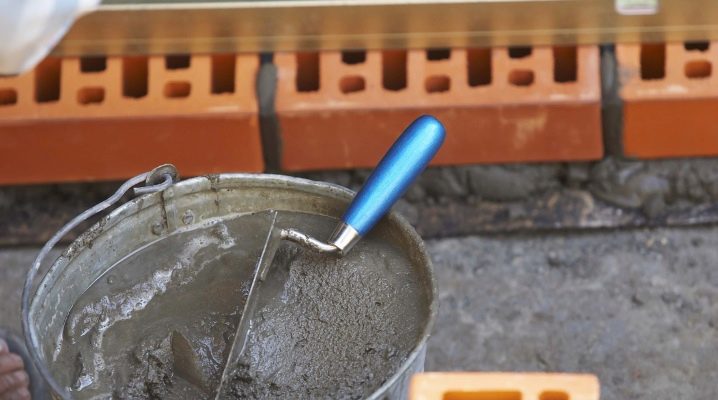
No construction is possible without cement mortar. A properly composed cement-sand mixture is a guarantee that the object will be durable and will stand for a long time. There are no trifles in the preparation and preparation of the cement slurry, even minor details are important here.
Peculiarities
In modern construction, a cement mixture is most often used, which is compiled in certain proportions with sand.
There are several options for cement mixes that are in demand, namely:
- to make a screed, a mixture is taken in a ratio of cement to water 1: 3, additives and fiberglass are often added;
- for masonry, a solution of 1: 4 is used, cement of a grade not lower than M200;
- for plaster, a mixture of 1: 1: 5.5: 0.4 is usually used (cement, slaked lime, sand, clay) - this is a M50 solution.
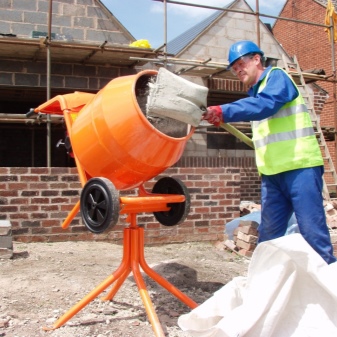
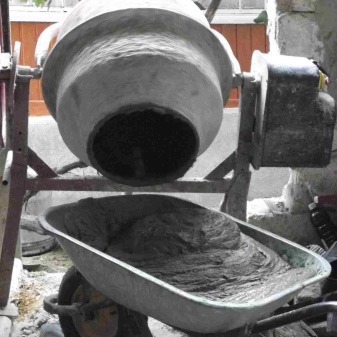
The concentration of cement in different mixtures per 1 cubic meter of mortar can vary significantly. This fact depends on the types of work and the intensity of mechanical loads that various structural fragments are experiencing. Novice builders often do not attach due importance to the proportions of materials in cement mixtures, thinking that this issue is insignificant. This is a deep misconception, because correctly compiled shares per m³ are the main guarantee that the object will be strong and durable. It is recommended to take seriously the issues of the composition of the cement slurry.

Consumption rate
To correctly calculate the concentration of the cement mixture, you need to use the norms and standards prescribed in special tables. They can be found in any reference book on construction topics.
To work with cement mortar, you will need the following tools:
- concrete mixer;
- a device for weighing a bulk substance;
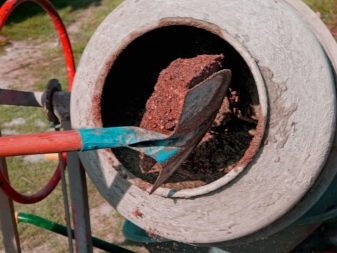
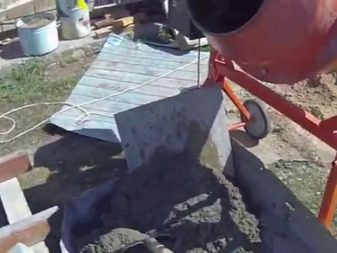
- buckets in which the mixture is hung;
- calculator;
- a table in which the density coefficients of sand, gravel, cement, lime mixture are indicated for 1m².

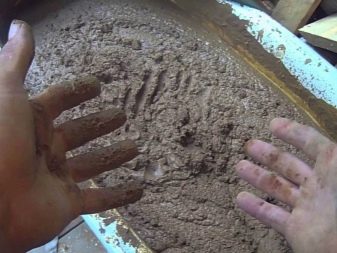
Typically, mortar formulations include a single astringent. This solution is called simple. But there are also mixed solutions to which several plasticizers can be added. If the solution goes only with the addition of sand, then it turns out to be quite dense and heavy in weight. It ranges from 1680 to 2100 kg per cubic meter of volume, in lighter solutions this figure is noticeably less - up to 1650 kg per cubic meter.
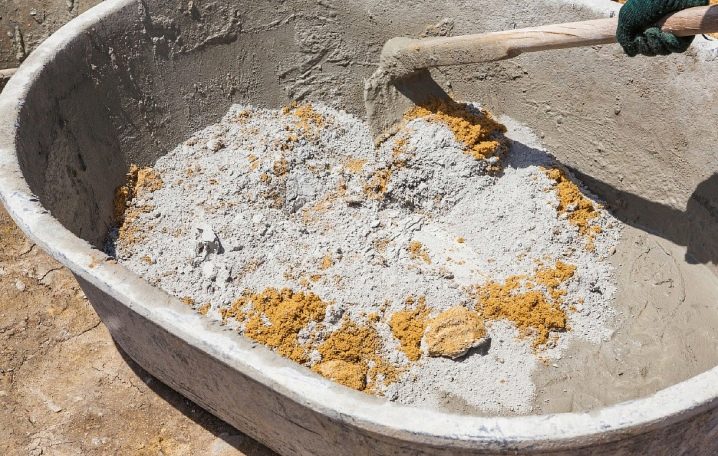
What does it depend on?
The mechanical strength of the cement slurry can be in gradations such as 2, 4, 10 and 25. Guided by tables and standards, it is possible to reduce the consumption of such valuable material as cement without compromising the strength of the structure. Typically, for construction work, for example, cement grade 400 is used for screed. The most common mortars are M25 and M50. To prepare M25, a sand to cement ratio of 5: 1 is required. To make a M50 substance, a 4: 1 ratio is required. Such a composition dries within three days with a layer thickness of 1 cm. Sometimes arbolite or PVA glue is added, then the coating is also obtained stronger.
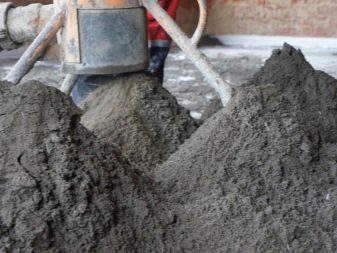
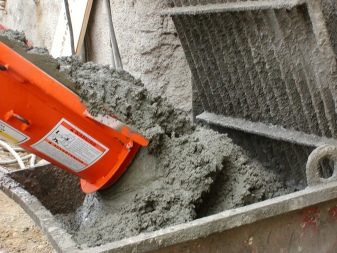
Attention should be paid to the consumption of cement when it is required to prepare one cube of concrete.
The important indicators by which the quality of the solution is determined include:
- density;
- viscosity;
- setting time.
In order for the mixture to be of good quality, it must be well mixed. The proportions of the consumption of sand and cement must be observed. In a solution of the M600 brand, the presence of cement in a ratio of 1: 3 is necessary. If cement of the M400 brand is present in the work, then the ratio is 1: 2.
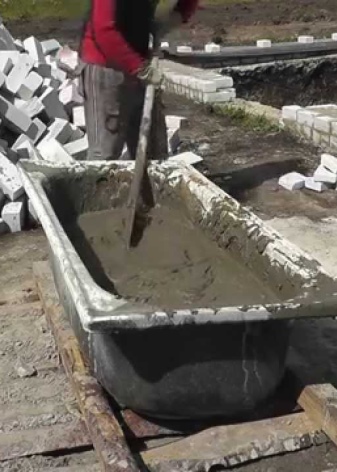
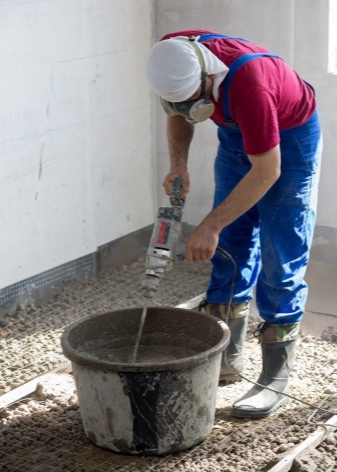
It should be borne in mind that when calculating the amount of cement to obtain the required volume, it should be multiplied by a factor of 1.35, because there is an addition of water and various additives. One cubic meter of mortar will require about 68 bags of cement weighing 50 kg. The most popular brands of cement for foundation construction are M200, M250 and M300. The foundation requires a mortar in which the optimal compression ratio will be present.
If the cement grade is M100, then the following density will be present per cube:
- М100 –175 kg / m³;
- М150 - 205 kg / m³;
- M200 - 245 kg / m³;
- М250 - 310 kg / m³.
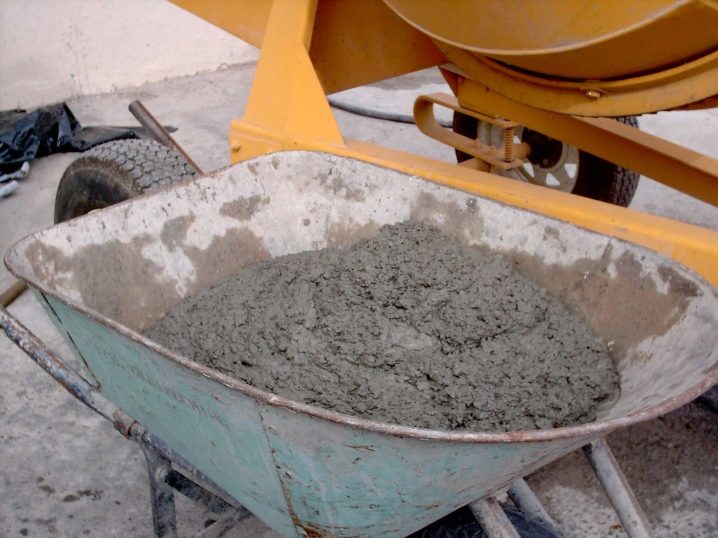
For plastering work, one square meter with a layer thickness of 1 cm will require about 2 mm of cement. With such a layer thickness, the material hardens well, without deforming or cracking.
To lay cinder blocks, the following ratios are required:
- М150 - 220 kg / m³;
- M200 - 180 kg / m³;
- M300 - 125 kg / m³;
- М400 - 95 kg / m³.
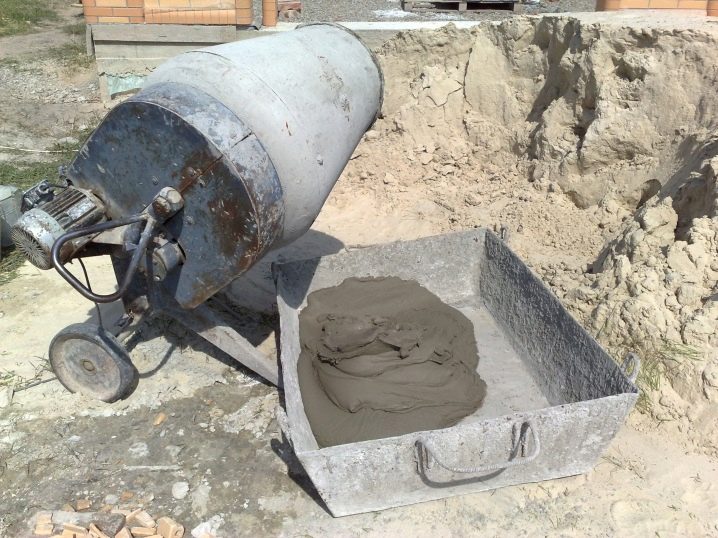
When decorating the facade, special pigments and semi-additives are often used, as well as salt, soap solution, which improve the quality of materials. When preparing the mixture, first the dry substance is thoroughly mixed, only then the liquid is added. The mixture, as a rule, is prepared in small quantities, because it has the ability to set quickly. To make the M150 and M200 brands, the proportions of cement and sand are 1: 4. If you need a solution of the M400 brand, then such a composition has a ratio of 1: 3.
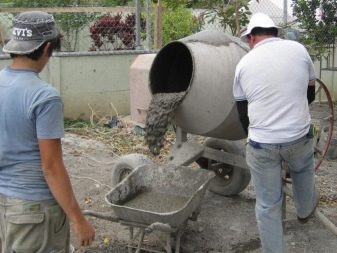

Concrete is in the highest demand in construction. Its main components are crushed stone, water, sand, cement. It is important to initially imagine for what purposes the concrete will be used. Its consumption averages about 245–325 kg. It all depends on the brand of cement, in what ratio and proportions the mixture is prepared.
How to calculate?
Cement of higher grades is used, as a rule, in industry to create strong structures. In household and civil construction, their use is rare.
Cement 500 is often used to create load-bearing structures such as piles, slabs and anchoring beams. Such cement shows itself well at low temperatures, has high anti-corrosion performance. It is also often used in the construction of various floors, beams and slabs. The characteristics of this cement can also be attributed to good frost resistance and water resistance, as well as it has excellent anti-corrosion ability and therefore is often used during emergency work.
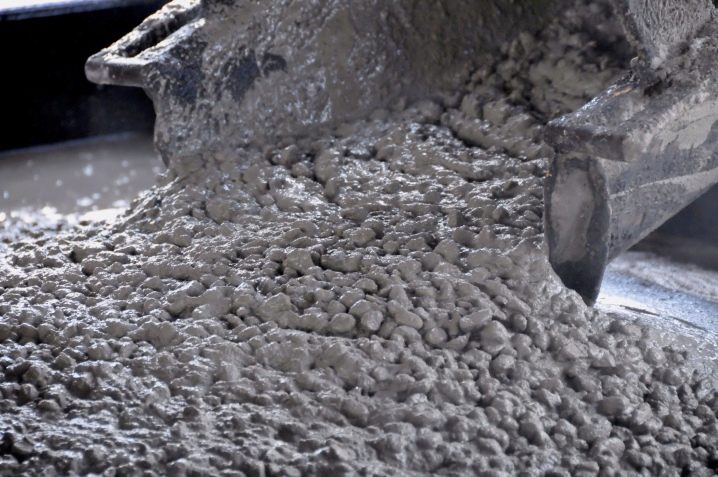
It is recommended to follow the recommendations for proportions. The presence of cement directly affects the plasticity of concrete and its other characteristics. Most often, the following ratios are used: cement (1 kg), sand (3 kg) and crushed stone (5 kg). Sometimes a little glass is also added to the composition, which makes it even stronger. With this ratio, the concrete mix will be very durable. Any deviations from the prescribed proportions lead to poor quality composition. The grade used to obtain this material should be twice as large on average as the grade of the concrete obtained.
For ease of use, 50 kg bags of cement are usually used. As an example, four bags of cement should be used to make M200 concrete. For masonry, a lime-based solution is often used, which has good plasticity.

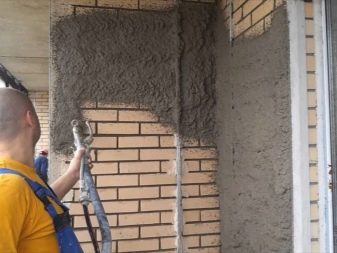
If it is required to do facade plastering, then such mixtures are optimal for such work. For load-bearing walls, cement of a higher grade is used, this will provide additional strength to the object. Binder M500 is used in a ratio of 1: 4, if the cement grade is M400, then the ratio is 1: 3, respectively. When the mixture is made by hand, cement is usually used, whose grade is twice the grade of the resulting product. For example, if it is necessary to obtain a mixture of the M100 grade, then the cement must be of the M200 grade.
Calculation of the area of the walls
One cubic meter contains 482 bricks measuring 242x120x64 mm.Brick consumption for masonry depends on the thickness of the walls. For Russian realities, external walls made of two bricks are optimal. Single brick has dimensions of 252x120x65 mm, one and a half - 252x120x87 mm, double - 252x120x138 mm. Based on these indicators, it is easy to calculate how much brick is required per 1 m².
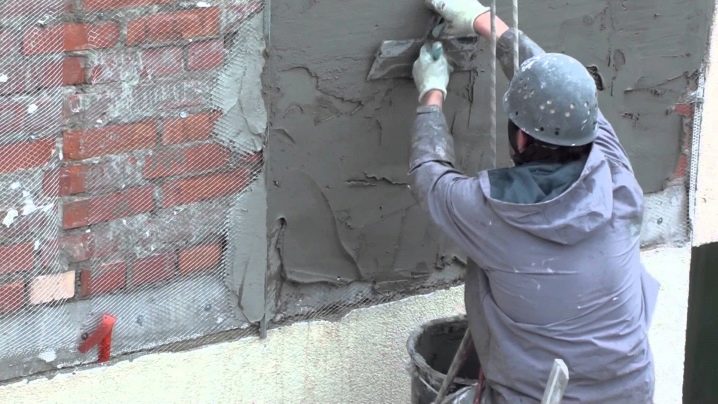
If we talk about the consumption of cement for masonry, then this indicator depends largely on the thickness of the seam. This parameter is usually 15 mm. It should also be borne in mind that for silicate bricks, much more mortar is needed than for facing. Most of the mortar goes to hollow brick, in this case the cement-sand mixture is made dry 1: 4. A little water is added to a small container and the cement-sand substance is poured, stirring it to a semi-liquid state.
Most of the mortar is consumed for laying hollow bricks. For such masonry, a seam of at least 0.2 cubic meters of mortar will be required, given that the width of the brick is 12 cm. If you lay in one brick, then the mortar will need 0.23 m³, with a stone and a half, 0.16 m³ is required. The amount of liquid solution consumed should also be taken into account.

Tips & Tricks
In the construction of private houses, the so-called heavy concrete of grade 400 is most often used. When calculating the material consumption, it is recommended to take this fact into account.
Sand plays a very important role in the preparation of the cement mix. This component gives plasticity to the substance. For plastering work, seeded sand with a low clay content should be chosen. If the layers of plaster are too thick, then it is imperative to mount the metal mesh on the wall, this will be a guarantee that the plaster does not crack when it dries.

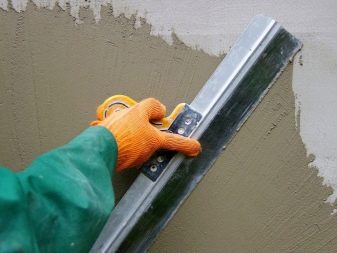
Sometimes expanded clay is added to the sand-cement mixture. This component is needed in cases where shedding is required in the interfloor ceilings. Sometimes expanded clay is simply poured into the grooves between the logs and spilled with cement milk. Such a composition dries up in time in 2-3 days and is a good heat insulator.
About what determines the consumption of cement per 1 cubic meter. solution, see the next video.













The comment was sent successfully.